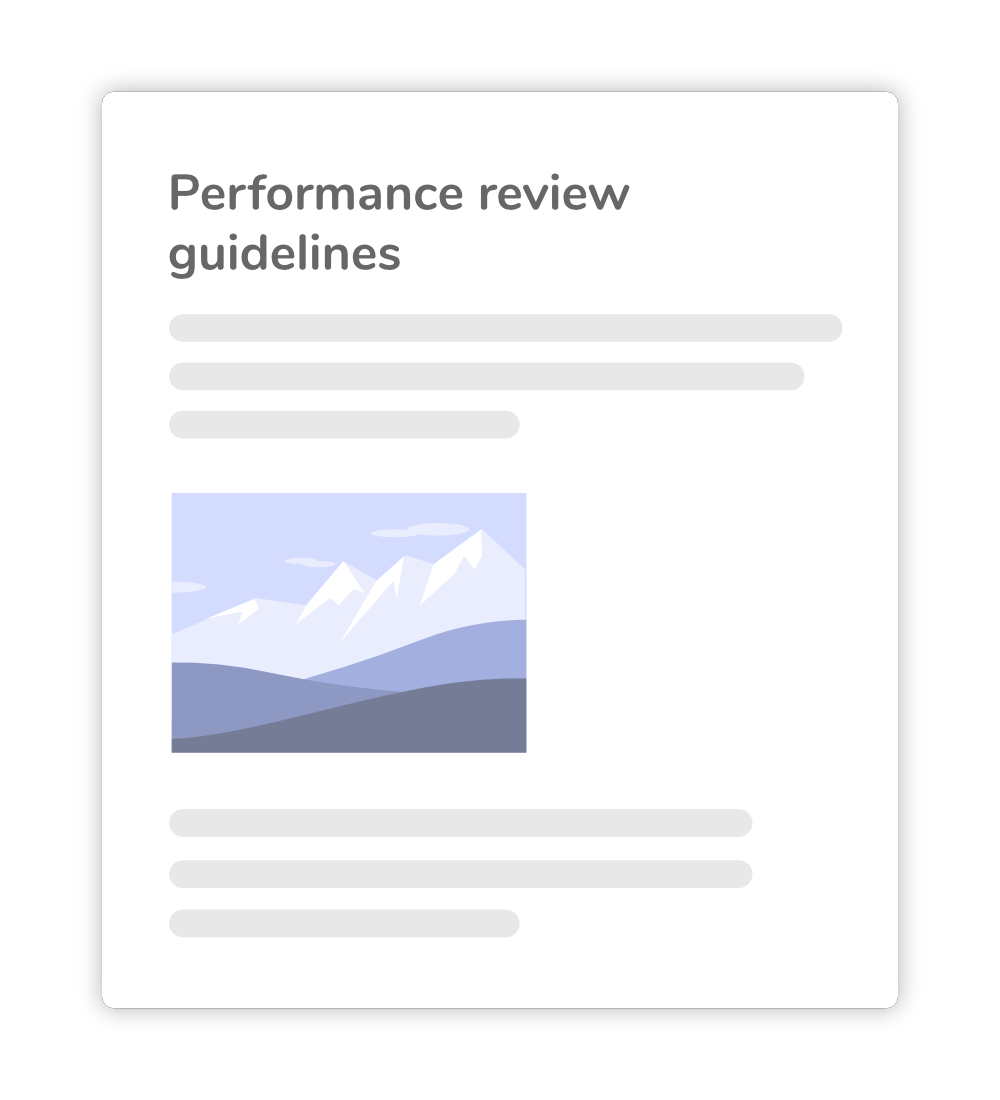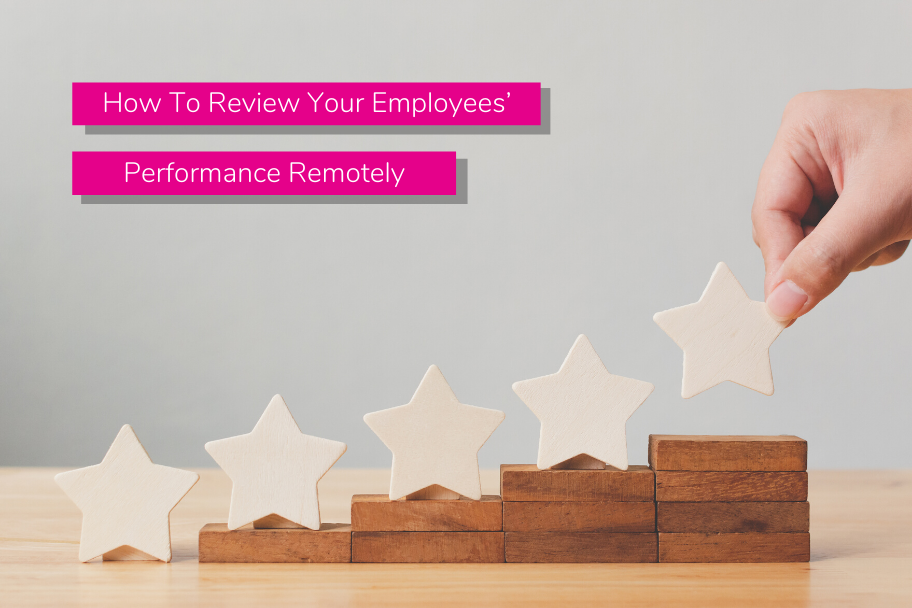Annual performance reviews have been falling out of favour over the years, with one survey revealing that just 54% of companies in 2019 used them, compared to 82% in 2016. This isn’t surprising, given that 55% of employees believe annual reviews don’t actually improve their performance, according to the same study.
Dedicating just one meeting a year to evaluating your staff and providing feedback piles on the pressure to tie things up in just one session. It also means feedback is saved up over 12 months and delivered all in one go – often a long time after a task or project has been completed – making it ineffective and lacking context.
More and more of us are working remotely from the digital workplace too, with the number of remote workers growing by 159% in the past 12 years according to data by FlexJobs. And now that the Covid-19 crisis has fast-tracked the majority of office workers into home working, organisations need to wave goodbye to the annual appraisal and adapt their processes to suit new ways of working.
Here are 3 ways you can review your employees’ performance in the ever-increasing remote workplace:
Ditch the annual review, and meet frequently instead
Evaluating your employees’ performance just once a year, especially if they are remote, is unlikely to be helpful or productive. The process is typically too formal, involves more paperwork than is necessary, and can induce stress for both parties if executed poorly.
Frequent, casual one-to-ones and feedback cycles, on the other hand, are shown to increase staff engagement and maximise opportunities for professional development, so consider scheduling quarterly or even monthly reviews with your team.
Setting up a recurring event on your intranet calendar is a good way to remind managers and staff that they need to regularly check in and dedicate some time to providing feedback. Even if the meetings get moved by a day or two nearer the time, pencilling in a regular catch up will help your team get into good habits.

Adjust what you’re evaluating
Whatever your organisation’s objectives were pre-pandemic, it’s likely that the goalposts have shifted in response to the crisis. This means that you will need to change what you’re evaluating when reviewing your staff, since your original goals no longer exist.
Instead, look at your teams’ ability to adapt, communicate, and collaborate effectively from home during such unusual times. But be compassionate too; some staff may understandably be struggling, so be flexible and empathetic in your approach.
To help formalise your new evaluation process, draw up some guidelines and share these with the relevant managers on your intranet document library, helping them provide staff with constructive and fair feedback.

Create a culture of constant feedback
Don’t wait until a formal performance review to give your remote staff feedback; chances are it will be out-of-date and out-of-context by then.
Instead, build a culture of constant and constructive feedback that’s delivered as soon as it’s needed. Use social tools to give staff instant kudos, or @mention individuals on your intranet to recognise their contributions. If the feedback is more in-depth or particularly sensitive, schedule a quick video call to discuss it privately.
Ultimately, real-time feedback like this will be much more valuable, giving employees clarity and the opportunity to iron out any issues early on.





